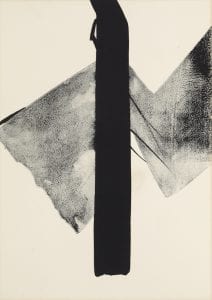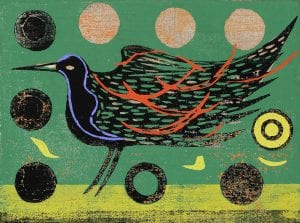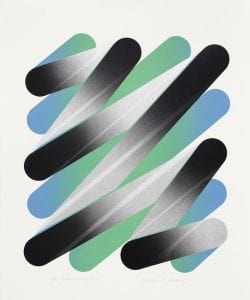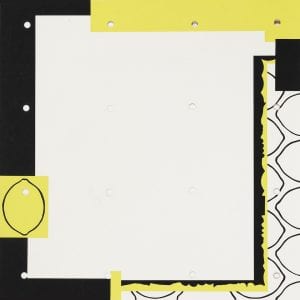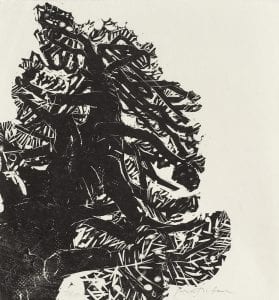
- This event has passed.
Contemporary Japanese Prints
January 22, 2018 @ 8:00 am - May 25, 2018 @ 5:00 pm
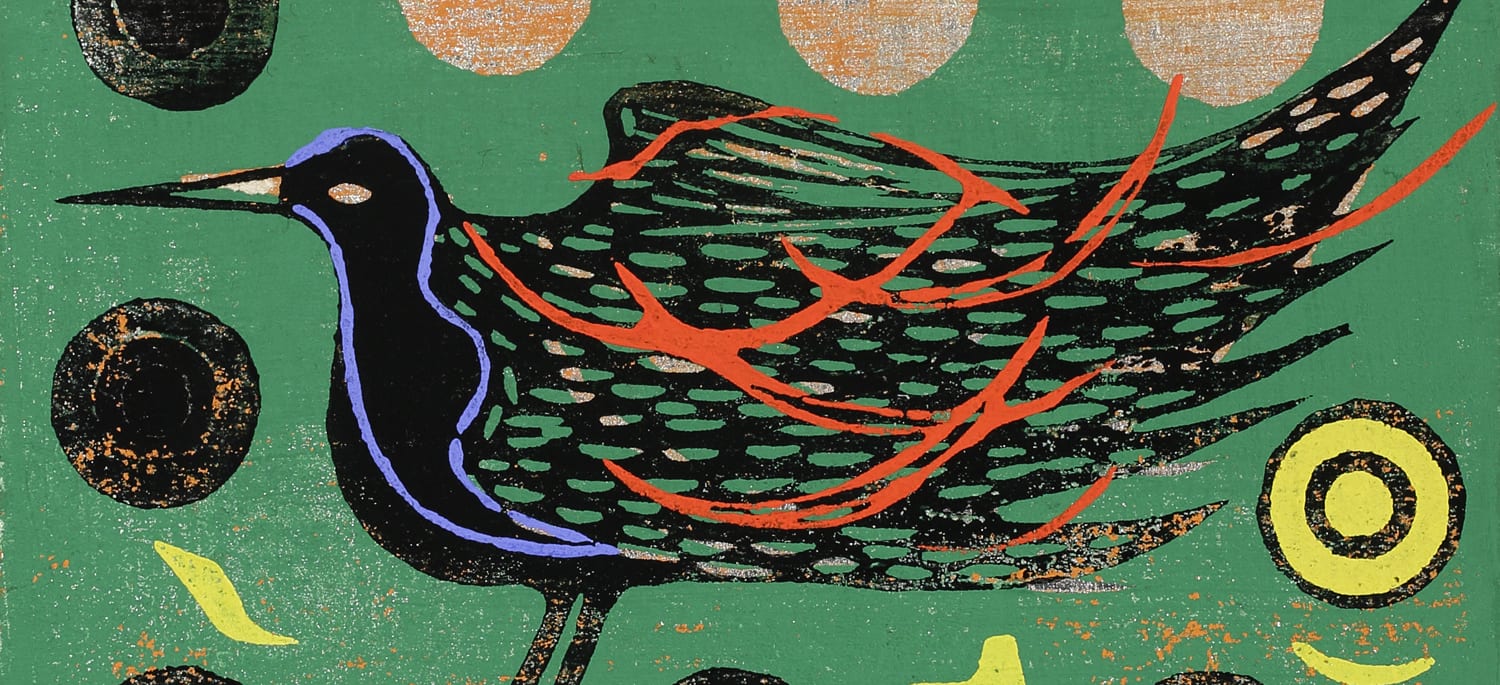
The world of contemporary Japanese prints is a confluence of techniques, cross-cultural exchange, and historical influences. The effect of Japanese aesthetics on European artists like Whistler, Degas, and Van Gogh is well-known; but Japanese artists also borrowed many ideas from their contemporaries in the West. Key among these ideas was the concept of self-expression. Whereas the Japanese system was founded on the idea of hanmoto–collaboration between draftsman, block cutter, printer, and publisher–contemporary Japanese artists have sought to embody these roles within themselves as individuals, advocating works that are self-drawn, self-carved, and self-printed.
Contemporary Japanese Prints focuses primarily on the sōsaku-hanga or Creative Prints movement which came into its own by the mid-20th century. It also offers a brief glimpse of 19th century ukiyo-e prints (traditional Japanese “pictures of the floating world”) as well as the early 20th century shin-hanga or New Prints movement, both of which set the stage for the emergence of sōsaku-hanga.
This exhibition has been made possible through the generosity of Barbara and Eric Ottervik, whose passion for collecting contemporary Japanese prints is reflected in multiple gifts to the Lehigh University Art Galleries / Teaching Museum collection.
Ukiyo-e, Shin-hanga, and Sōsaku-hanga
When James McNeil Whistler introduced Japanese prints to the Pre-Raphaelites in 1859, he brought to the West a tradition that was already two hundred years old: ukiyo-e prints, or pictures of the floating world, which flourished during Japan’s Edo period (1615-1868). Filled with kabuki actors, demure geishas, and other urban pleasures, ukiyo-e were woodblock prints produced to provide vicarious experiences for Japan’s growing merchant class. Their subjects also included history, folktales, and landscapes. Ukiyo-e prints made a strong impression on European artists like Degas and Van Gogh who were attracted to their bold colors and asymmetrical compositions.
Ukiyo-e prints were produced by teams of artists and craftsmen. The artist, who leant his name to the finished work, created only the original drawing. This drawing was then carved into a block of cherry wood by a second artisan, a master cutter. Printing was carried out by a third member of the team, all under the watchful eye of the publisher.
By the turn of the 20th Century, the rise of photography and mechanical offset lithography were displacing the hand-made, carefully crafted woodblock print as an economical means for distributing images. The ukiyo-e tradition was waning. Around 1910, the publisher Watanabe Shōzaburō set out to revive traditional printmaking. This modern print movement was called shin-hanga, or New Prints. Although shin-hanga maintained the traditional method of production by a team of artisans (hanmoto), it incorporated new features borrowed from the West, like naturalistic light, shadow, and perspective. Produced primarily for a western audience, shin-hanga often depicted a quaint, romantic view of Japan, not the Japan of the 20th century.
The Second World War irrevocably shattered traditional image making in Japan and revealed a second school of modern Japanese printmaking just as old as shin-hanga, but struggling for widespread acceptance. These artists—who called their movement sōsaku-hanga or Creative Prints—championed a spirit of self-sufficiency and self-reliance partially imported from the West. Seeking complete involvement in the creative process, they cut their own blocks and printed their own prints, rather than relying on specialized artisans. Subsequently, their prints often display a rough, experimental quality born of improvisation with new materials and techniques which came to include lithography, serigraphy, photo-lithography, and aquatint among others.
FEB 8 Join us for a reception to celebrate the launch of the 2018 Spring Exhibitions, LUAG Main Gallery, Zoellner Arts Center, 6-8PM. Free and open to the public. Refreshments.
